The Irish potato famine of the mid-1840s caused starvation, disease and the death of over one million people.
Robert Little, like many of his countrymen, left the conditions in Ireland to seek a better future in the Australian colonies. He was 23 years old and hoped to make use of his recent accreditation as a solicitor.

Little arrived in Sydney in June 1846, bringing with him a letter of introduction to the Bank of New South Wales from his family banker in Ireland.
The Bank introduced Little to George Allen and his eldest son, Wigram (who would shortly complete his legal training). The Allens assisted Little with his admission as a solicitor in New South Wales and a friendship developed between Little and Wigram. Their firms would merge 150 years later.
George and Wigram knew Sydney was well served by lawyers and suggested Little head north to pursue his ambitions.
Originally established as a secondary penal colony for some of the most hardened convicts, Moreton Bay was opened to free settlers in 1842.
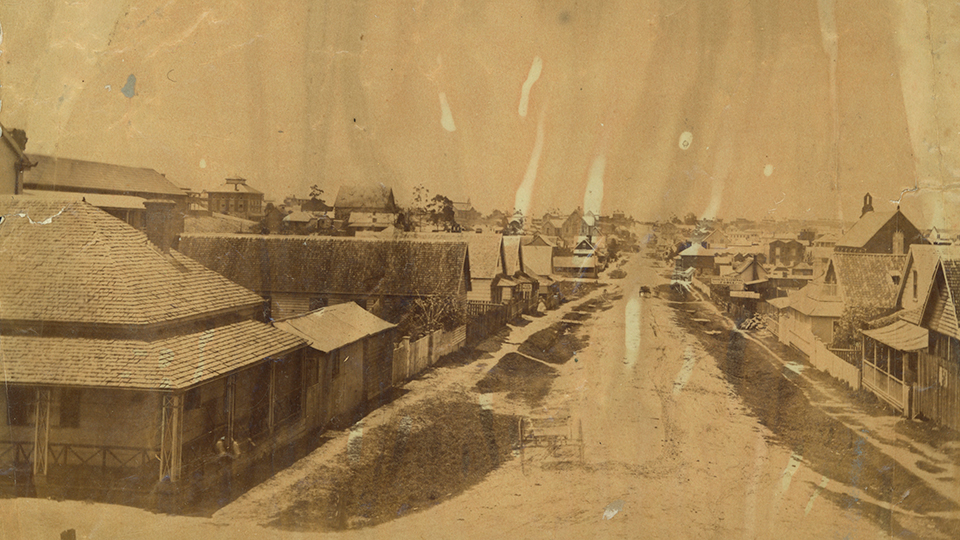
In 1846 when Little arrived, Moreton Bay had a population of 1,599 colonists and 2,000 local Indigenous people.
Little soon became indispensable to those buying or selling property in the area, and he became a prominent member of the community. Allen & Son began acting as Little’s ‘town agent’, filing court documents and undertaking title searches in Sydney on his behalf.
In 1857 the New South Wales judicial system was extended to Moreton Bay. Little was appointed the first crown solicitor for civil and criminal causes. As official work was minimal in the early days of the court, Little was allowed to maintain his private practice.
Little's firm evolved through various partnerships and by 1994 was led by Heinrich Rüthning. In 1911 the firm merged with a Brisbane firm led by Adolph Feez. By 1927 it was known as Feez Ruthning & Co.
Feez Ruthning and Allen Allen & Hemsley in Sydney worked closely together for 150 years. In 1996 the two firms announced their merger, bringing together 440 lawyers and 90 partners (60 from Allen Allen & Hemsley and 30 from Feez Ruthning). It was a logical development in the longstanding relationship.
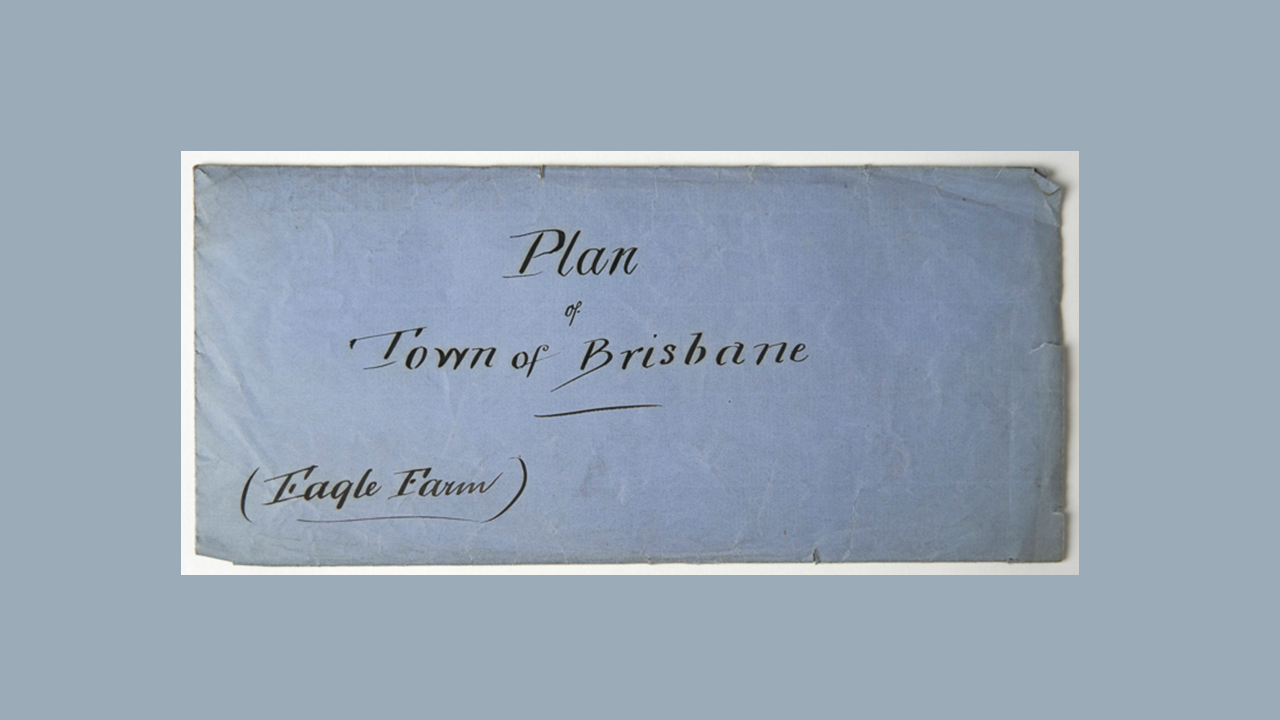
Early map of the town of Brisbane. Allens archives.
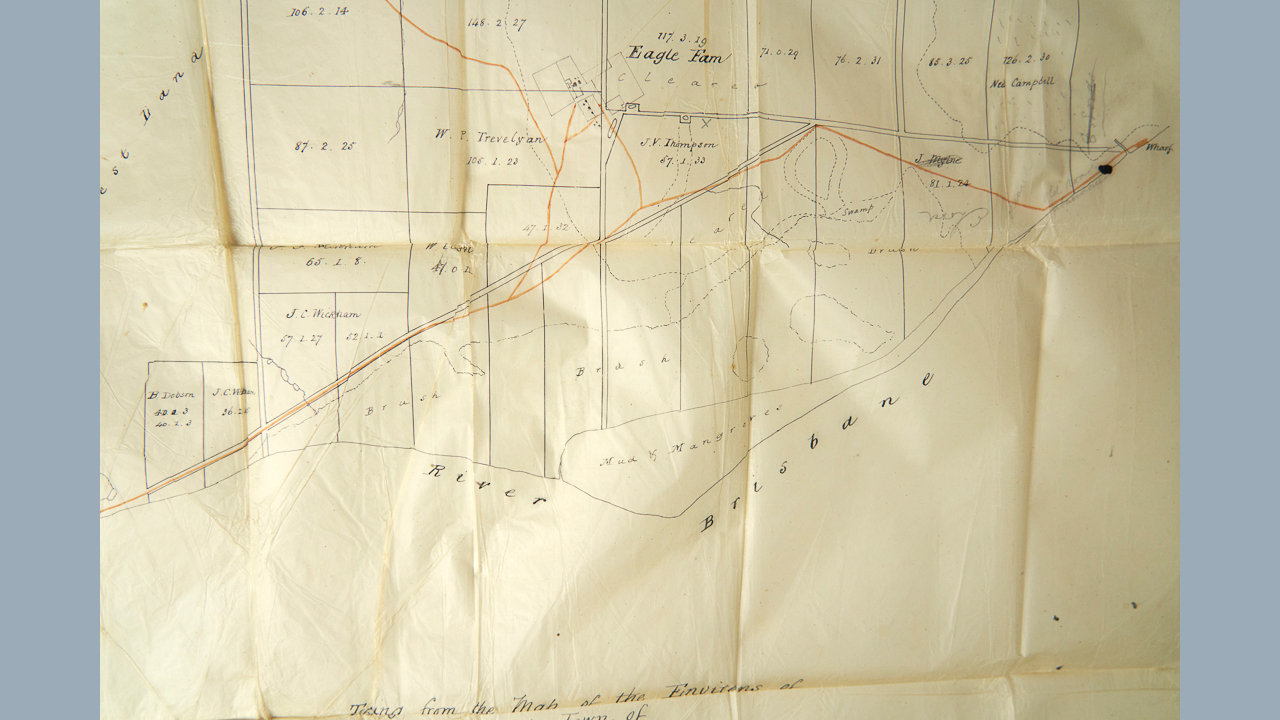
Early map of the town of Brisbane. Allens archives.
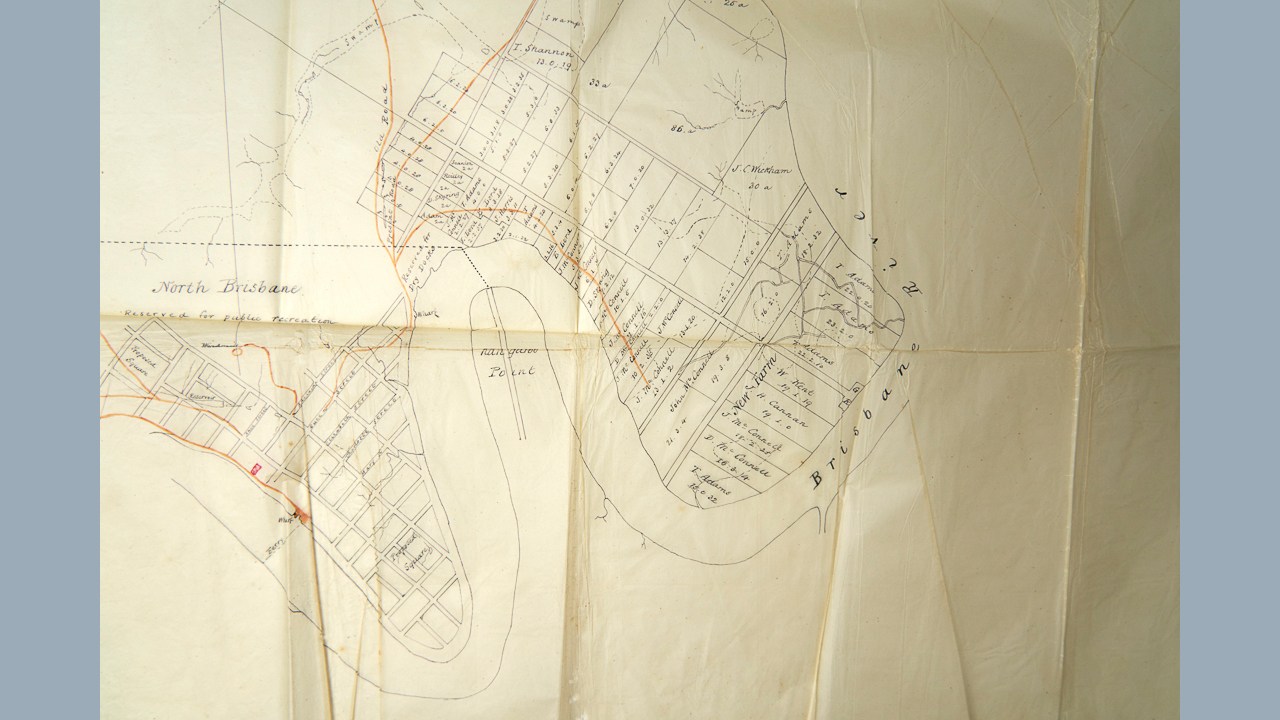
Early map of the town of Brisbane. Allens archives.
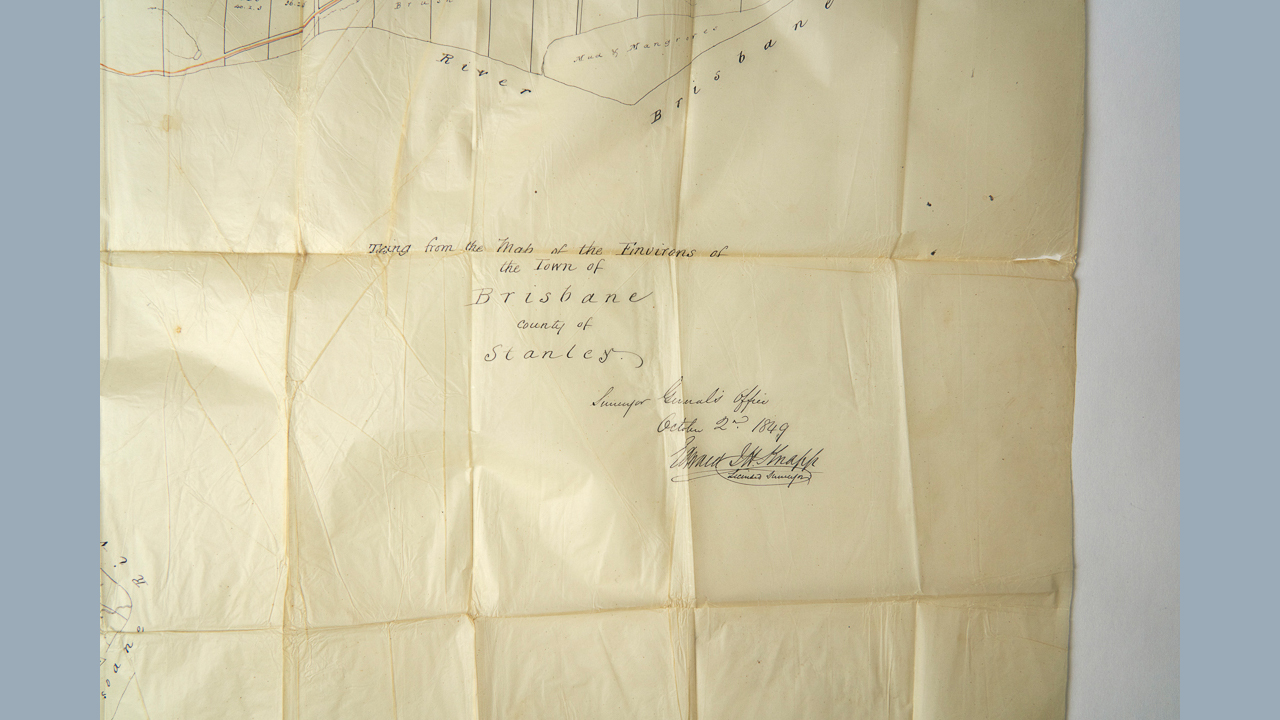
Early map of the town of Brisbane. Allens archives.
